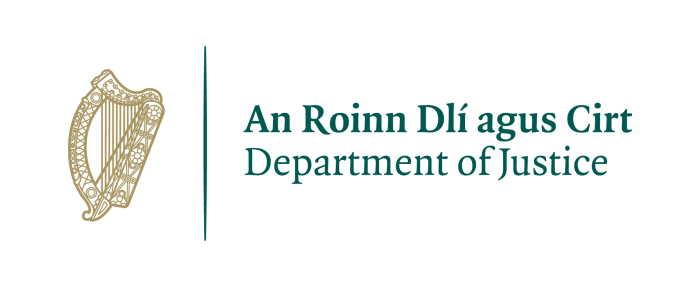Parliamentary Question: Prison Accommodation
27th November 2002
85. Mr. Cuffe asked the Minister for Justice, Equality and Law Reform his plans for the future of Shanganagh Castle in Shankill, Dún Laoghaire-Rathdown; his proposals for its future development in terms of financial and human resources; and his plans to develop or diminish the services that the centre provides to young people. [23819/02]
89. Mr. Costello asked the Minister for Justice, Equality and Law Reform the reason he proposes to sell off Shanganagh Castle, the only open prison for juveniles in the State; the location he proposes that those normally held at Shanganagh will now be detained; and if he will make a statement on the matter. [23698/02]
103. Mr. Deasy asked the Minister for Justice, Equality and Law Reform his plans to sell Shanganagh House Open Prison; and if he will make a statement on the matter. [23755/02]
Minister for Justice, Equality and Law Reform (Mr. McDowell): I propose to take Questions Nos. 85, 89 and 103 together.
Shanganagh Castle was opened in 1969 as an open detention centre for males aged between 16 and 21 years of age. The centre, which stands on grounds of 24 acres, has accommodation for 60 inmates. However, it has been increasingly difficult to identify young male offenders suitable for this type of open prison accommodation. Shanganagh Castle had an average offender occupancy of 30 inmates last year and this has fallen again this year, with only 16 inmates being detained there at present. In addition, the full implementation of the provisions of the Children Act, 2001, will mean that 16 and 17 years old inmates must be completely segregated in the prison system, resulting in a further drop in those offenders who might be found suitable for transfer to Shanagnagh Castle.
The annual cost of keeping an offender at Shanganagh Castle in 2001 was €127,000, which is significantly higher than the average overall cost per prisoner of €79,000 in the same year.
In view of the very considerable decline in the number of young offenders found suitable for transfer to Shanganagh Castle in recent years, the Irish Prisons Service established a group to examine the options for its continued use as a detention centre. While the report of the group identified an increase in the upper age limit of offenders as one option, it also recognised that:
If none of the recommended options were considered viable then, as the current regime at Shanganagh Castle cannot be justified on operational or financial grounds, the closure of the castle and the subsequent disposal of the site will have to be considered.
I recognise the important service that Shanganagh Castle and its staff have given to the prison system, in particular in terms of dealing with juvenile offenders, over the years. However, having carefully considered this report, its current viability, and the options available for its future use, it is my intention to close the centre in order to contribute to the control of costs in the Irish Prisons Service, to make more effective use of Prisons Service staffing and other resources, and to release funds through the sale of Shanganagh Castle to be used, subject to the agreement of the Minister for Finance, for more other productive prison-related purposes.
The small number of inmates currently in Shanganagh Castle can be accommodated elsewhere in the prison system without difficulty, or, in appropriate cases, given temporary release as part of the normal process of preparation for re-integration into society upon final release. St. Patrick's Institution, which currently houses offenders in the same age category as Shanganagh Castle, has introduced important new programmes over the past two years for the rehabilitation of offenders, including a drug-free wing and a positive sentence management programme. I believe that the needs of offenders in this age category can be adequately met elsewhere in the prison system and in particular, in St. Patrick's Institution.
Closure of the centre would also necessitate the re-assignment of its complement of 43 Prisons Service staff to other institutions. The terms of such re-assignments will be the subject of discussions with the Prison Officer Association. Discussions will also be necessary with the County Dublin Vocational Education Committee in regard to the position of the full-time and part-time teachers at Shanganagh Castle. The probation and welfare officer currently assigned to the centre will be assigned to other duties.




